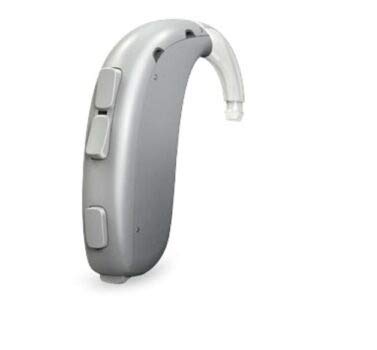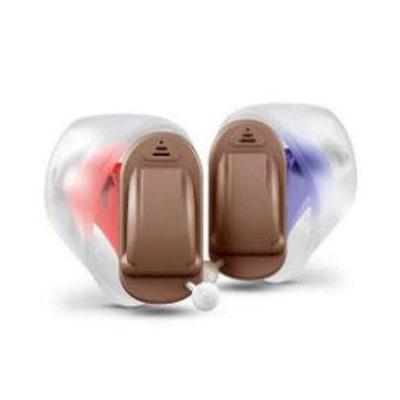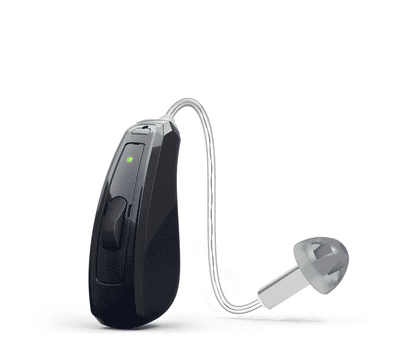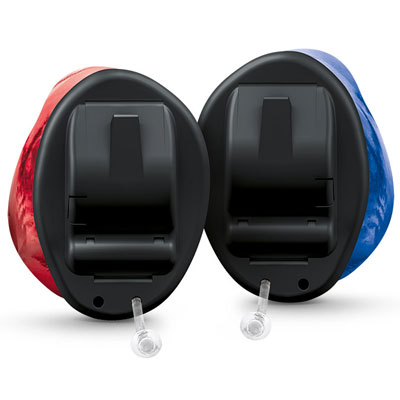How to choose the best hearing aids in India
With ever-advancing technologies, hearing aids are becoming more sophisticated, capable, and discreet. Research suggests that helping to restore a person’s hearing can improve their overall well-being.
About hearing aids
Research shows Trusted Source that hearing loss is common in those aged 48 and older, with the loss often affecting a person’s emotional, social, and physical well-being.
Hearing aids are small devices Trusted Source that people wear in or behind the ear. They magnify sound vibrations, which helps hair cells convert the vibrations into signals that pass to the brain and allow an individual to hear.
Modern hearing aids have digital signal processing that adapts to different listening environments. Common features include Trusted Source:
- multichannel compression that allows people to adjust frequency bands and noise levels
- directional microphones that can improve sound quality by adjusting to different directions
- noise reduction features that reduce background noise
Some more advanced hearing aids may offer automatic adaption of the same features.
Types of hearing aid
There are several varieties of hearing aids. Some may be more or less suitable for a person depending on their requirement and preference.
Learn more about the types of hearing aids here.
Behind-the-ear (BTE)
BTE hearing aids Trusted Source are plastic cases that a person wears behind their ear. The device connects to a plastic earmold that fits inside the outer ear.
Some BTE hearing aids have a tube instead of an earmold that goes into the ear canal. This type of BTE hearing aid may benefit those who experience earwax buildup, as the tube does not block the outer ear.
BTE hearing aids are suitable for people of all ages with mild to severe hearing loss.
In-the-ear (ITE)
ITE hearing aidsTrusted Source are hard plastic molds that sit inside the outer ear. These hearing aids may include a telecoil feature. Telecoil technology may make it easier for people to hear telephone conversations and sounds emitted from sound systems.
ITE hearing aids are suitable for a person with mild to severe hearing loss.
Receiver-in-the-ear (RITE)
RITE hearing aids are similar to BTE hearing aids. However, the part of the hearing aid that sits behind the ear is smaller. A thin wire connects to a speaker inside the ear’s opening.
RITE hearing aids are suitable for many different types of hearing loss.
In-the-canal (ITC)
ITC hearing aidsTrusted Source fit into the ear canal. Manufacturers make these hearing aids to fit the size and shape of a person’s ear canal.
Completely-in-canal (CIC)
CIC hearing aidsTrusted Source fit into the ear canal in the same way as ITC hearing aids. However, these are less visible than other products.
Some types of hearing aids are made specifically for different types of hearing loss or hearing conditions.
Tinnitus masker
A tinnitus masker is a hearing aid that may be able to mask tinnitus. This product can operate as both a hearing aid and a tinnitus masker.
Bone conduction hearing aid
A bone conduction hearing aid, or a bone-anchored hearing aid (BAHA), transmits sound via bone vibration.
Surgeons implant either a magnet or a fixture that attaches to a processor outside of a person’s head.
CROS/BiCROS
Contralateral routing of signal (CROS) and Bilateral routing of signal (BiCROS)Trusted Source hearing aids are usually suitable for a person with hearing loss in one ear or better hearing in one ear than the other. In both cases, the devices come as a pair.
When a person has hearing loss in one ear, CROS hearing aids transmit sound from the ear with diminished hearing to the other.
When an individual has hearing loss in both ears, BiCROS hearing aids transmit sounds from one ear to the ear with better hearing.
Sounds can transmit either wirelessly or through a wire.
Body-worn analog
Suitable for those with severe hearing loss, body-worn hearing aids are small boxes that connect to earphones. A person can clip the box to clothing or put it into a pocket.
This device is suitable for those who have severe hearing loss.
Best hearing aids
Please note that the writer of this article has not tried these products. All information presented is purely research-based.
Phonak Audeo B-R rechargeable hearing aid
These hearing aids are compatible with most phones. This rechargeable hearing aid model is only available in RIC style.
The company states that this hearing aid will provide the following battery life based on charging times:
- 15 minutes of charging: 2 hours of power
- 30-minute of charging: 6 hours of power
- 3-hour of charging: 24 hours of power
Phonak claims that their rechargeable hearing aids can last up to 6 years. A portable mini charger that is suitable for travel is available.
Learn more about rechargeable hearing aids here.







Post a Comment
Hello